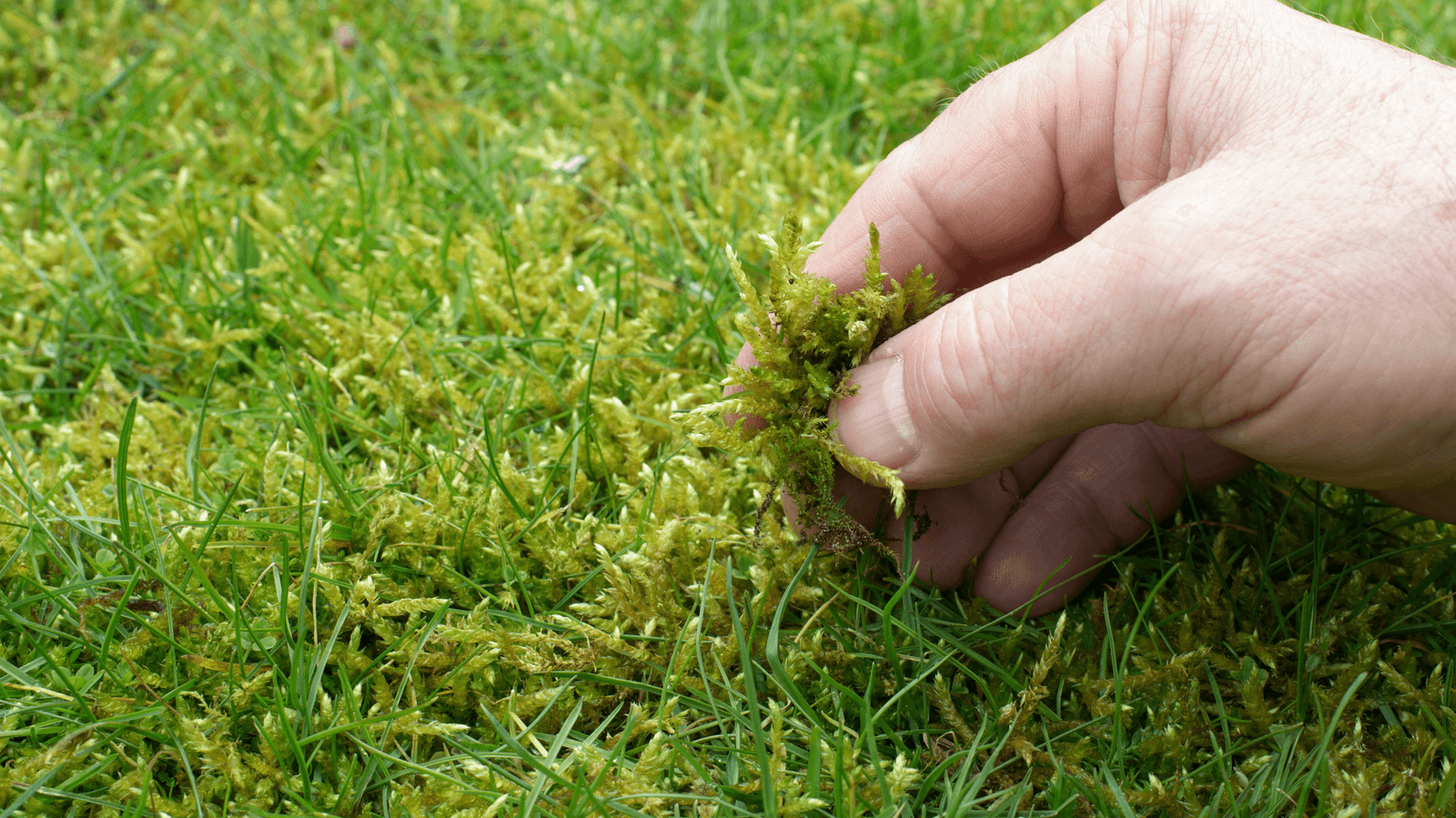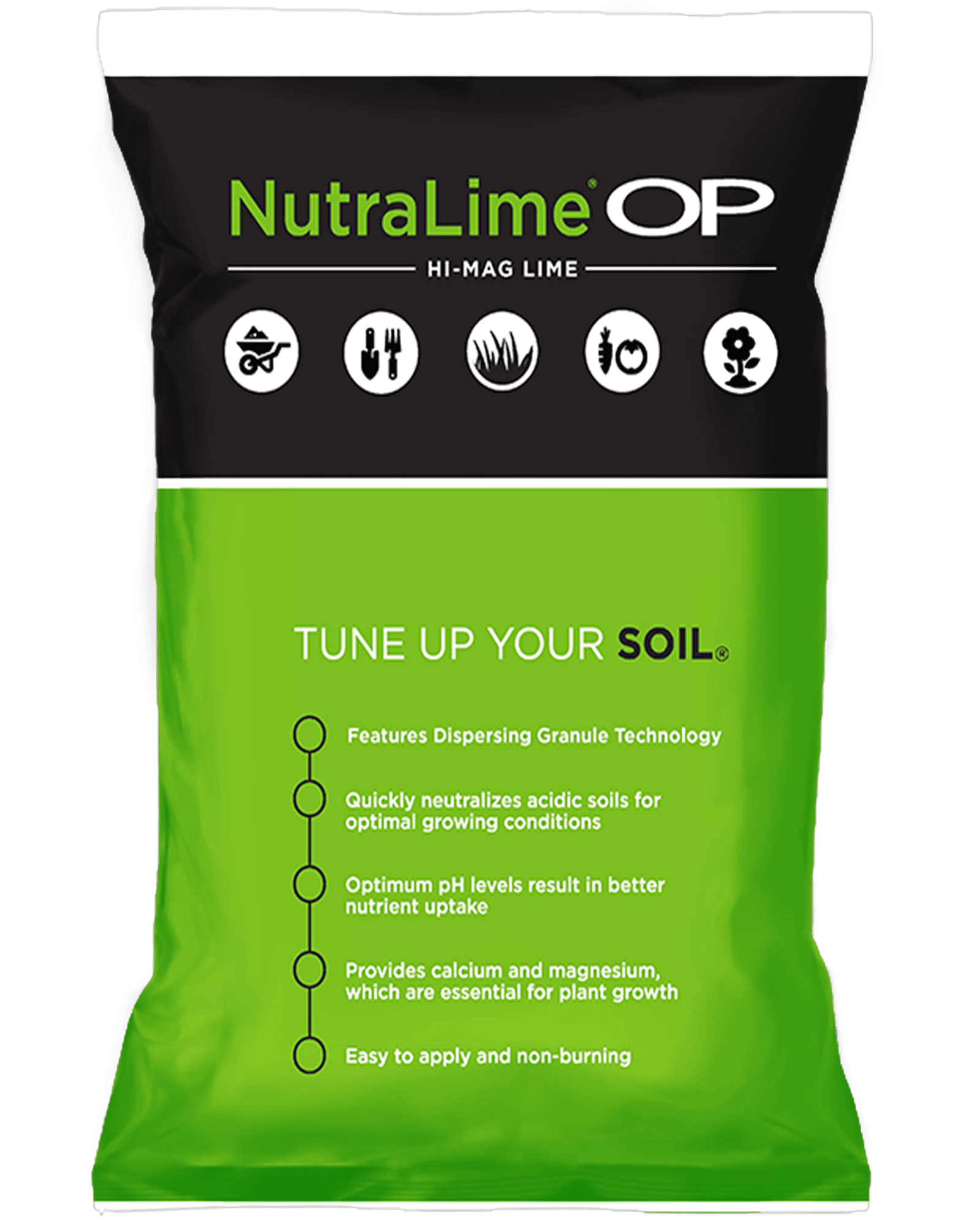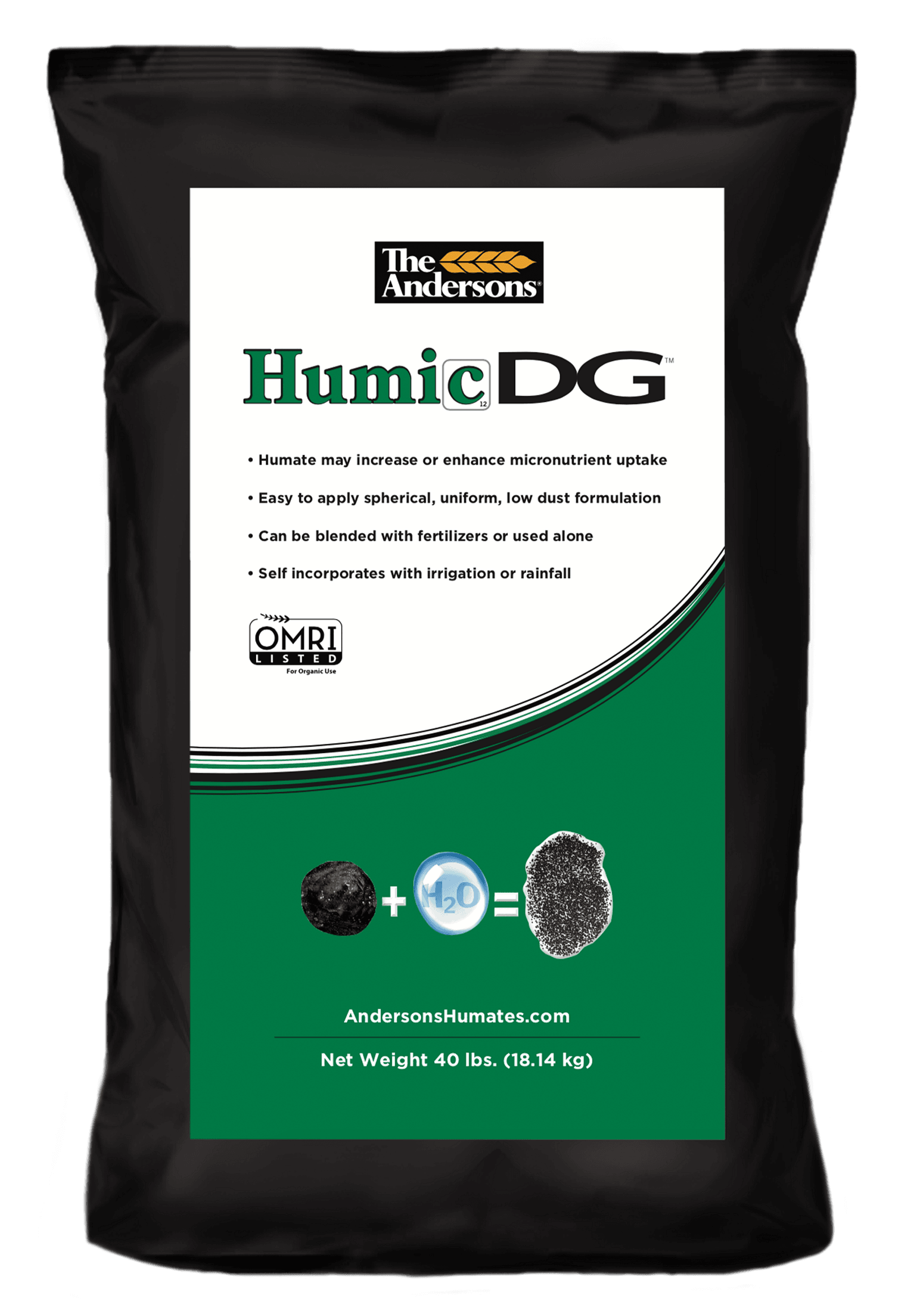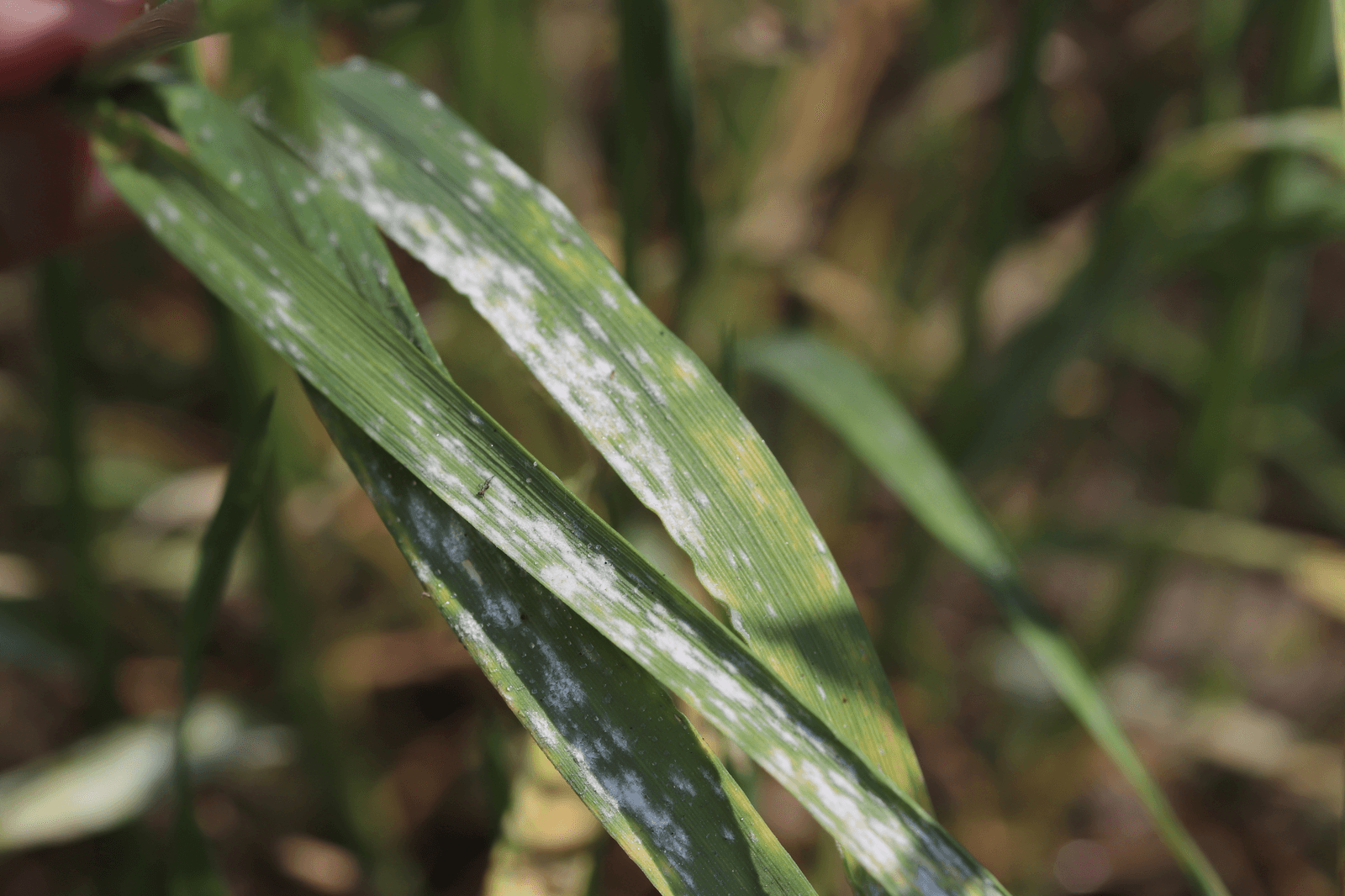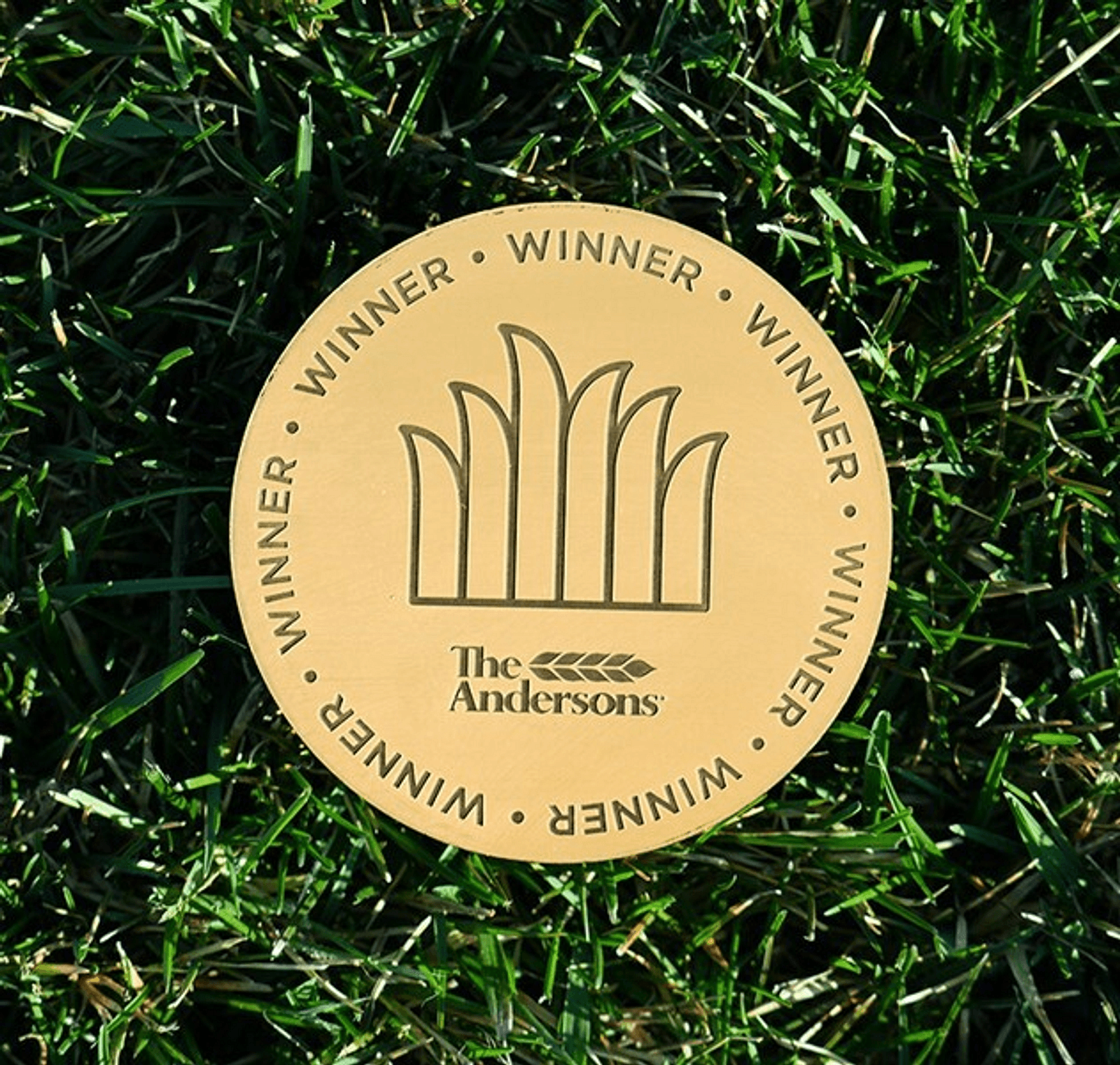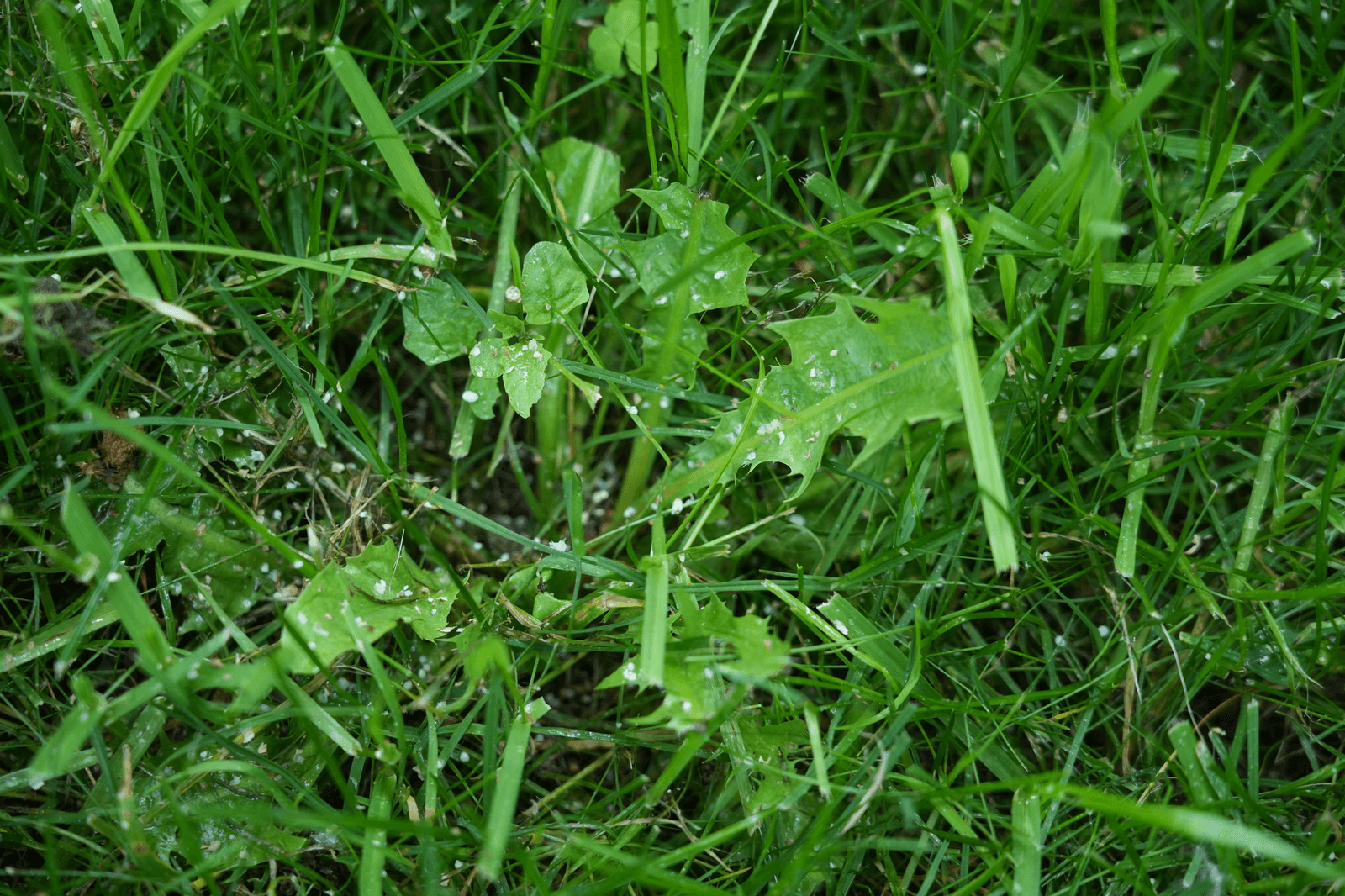Moss is a common sight in many lawns, especially those in shaded or damp areas. While moss can lend a picturesque, woodland charm to a garden, it often indicates underlying issues with turf health and soil conditions. Left unchecked, moss can overrun grass, leading to thin, patchy lawns. In this blog post, we'll explore the causes of moss growth, strategies for prevention, and effective solutions for managing moss in lawns.
Understanding Moss Growth
Moss thrives in conditions unfavorable for grass growth, such as compacted soil, poor drainage, low fertility, and shaded environments. Several factors contribute to moss proliferation in lawns:
- Shade: Moss prefers shady, damp environments where grass struggles to grow. Trees, buildings, or tall structures can obstruct sunlight, creating ideal conditions for moss to thrive.
- Poor Drainage: Excess moisture in the soil, whether from heavy rainfall or poor drainage, creates a conducive environment for moss growth. Compacted soil exacerbates drainage issues, trapping water and promoting moss colonization.
- Low Soil pH: Acidic soil conditions inhibit grass growth while favoring moss development. Areas with acidic soil, often caused by factors like leaching, high rainfall, or decaying organic matter, are susceptible to moss infestations.
- Nutrient Deficiency: Lawns lacking essential nutrients, particularly macronutrients, nitrogen, phosphorus and potassium, struggle to compete with moss. Nutrient-poor soils provide an opportunity for moss to establish and spread.
Prevention Strategies
Preventing moss growth requires addressing underlying issues and creating conditions favorable for grass to thrive. Here are some preventative measures to consider:
- Improve Sunlight Exposure: Prune overhanging branches, thin out dense vegetation, or consider selective tree removal to increase sunlight penetration into shaded areas of the lawn.
- Enhance Soil Drainage: Correct drainage issues by aerating compacted soil, incorporating organic matter to improve soil structure, and ensuring proper grading to redirect water away from the lawn.
- Adjust Soil pH: Test soil pH and amend acidic soils with NutraLime OP® Hi-Mag Lime to raise pH levels and create a more hospitable environment for grass growth. Regular soil testing can help monitor pH levels and nutrient deficiencies over time.
- Promote Lawn Health: Maintain a regular fertilization schedule to provide essential nutrients for grass growth. Choose a balanced fertilizer, such as 10-10-10 Fertilizer with Humic DG™, appropriate for your soil type and grass species, avoiding excessive nitrogen, which can encourage moss growth.
Effective Moss Control Methods
In addition to preventative measures, several strategies can help control existing moss infestations in lawns:
- Physical Removal: Hand rake or dethatch moss-infested areas to physically remove moss from the lawn surface. This process allows air and sunlight to reach the soil, inhibiting moss regrowth.
- Chemical Treatments: Moss control products containing ferrous sulfate or iron sulfate, such as Lean & Green™ 2-0-0, can effectively kill moss without harming grass when used according to label instructions. Apply treatments during periods of active moss growth for optimal results.
- Overseeding: After removing moss, overseed bare or thin areas of the lawn with grass seed appropriate for your region and soil conditions. Thickening the turf with healthy grass helps suppress moss regrowth and restores the lawn's appearance.
- Maintenance Practices: Adopt lawn care practices that promote grass health and vigor, such as regular mowing at the appropriate height, proper watering to encourage deep root growth, and minimizing soil compaction through aeration.
DIY Lawn Moss Killer Recipe
Creating a DIY lawn moss killer is a cost-effective and environmentally friendly approach to tackling moss infestations in your yard. Here's a simple recipe using common household ingredients:
Ingredients:
- White Vinegar: Vinegar's acidic nature helps kill moss and inhibit regrowth.
- Water: Diluting vinegar with water prevents damage to grass and other plants.
- Liquid Dish Soap: Dish soap acts as a surfactant, helping the solution adhere to moss surfaces.
- Spray Bottle: A spray bottle makes it easy to apply the solution evenly to moss-infested areas.
Instructions:
- Prepare the Solution: In a spray bottle, mix equal parts white vinegar and water. For example, you can use 1 cup of vinegar and 1 cup of water for a small batch. Add a few drops of liquid dish soap and gently shake the bottle to combine the ingredients.
- Identify Mossy Areas: Survey your lawn to identify areas affected by moss growth. Moss typically thrives in shaded, damp areas with poor drainage.
- Apply the Solution: Spray the DIY moss killer solution directly onto the moss-infested areas of your lawn. Ensure thorough coverage, but avoid oversaturating the soil to prevent damage to grass and other plants.
- Allow Time to Work: Let the solution sit on the moss for several hours or overnight. The acidic vinegar will penetrate the moss and begin to kill it, while the dish soap helps the solution adhere to the moss surfaces.
- Remove Dead Moss: After allowing the solution to work its magic, use a rake or stiff-bristled brush to gently remove the dead moss from the lawn surface. Be careful not to disturb the soil or damage the grass.
- Repeat as Needed: Depending on the severity of the moss infestation, you may need to repeat the application process every few weeks until the moss is completely eradicated. Regular maintenance and preventative measures can help prevent moss from returning.
Tips:
- Apply the DIY moss killer on a dry, calm day to minimize drift and maximize effectiveness.
- Test the solution on a small, inconspicuous area of your lawn first to ensure it doesn't cause damage to grass or other plants.
- Address underlying issues such as soil compaction, poor drainage, or excessive shade to prevent moss from returning.
Caution: While vinegar is generally safe for plants, it can cause damage if applied excessively or to sensitive vegetation. Use the solution sparingly and avoid spraying it on desirable plants.
Moss in lawns is often a symptom of underlying issues related to soil, sunlight, and drainage. By addressing these factors and implementing preventative measures, homeowners can effectively control moss growth and promote a lush, healthy lawn. Whether through improving sunlight exposure, enhancing soil drainage, or utilizing targeted moss control methods, proactive management is key to maintaining a vibrant turf and minimizing moss infestations. With the right approach, you can enjoy a beautiful, moss-free lawn year-round.
